Neuroscience

Neurotransmitter receptors function via various G-protein coupled and G-protein independent mechanisms that activate downstream intracellular signaling pathways such as cAMP/PKA, PI3K/AKT, phospholipase A2, and phospholipase C pathways. For instance, dopamine receptors act through adenylate cyclase to activate PKA and other signaling molecules, thereby mediate gene expression through the actions of CREB and other transcription factors. Other neurotransmitters such as NMDAR or AMPAR are associated with ion channels that control flux of Ca2+ and Na+, thus propagating the action potential across the post-synaptic neuron.
Dysfunctions in GABAergic/glutamatergic/serotonergic/dopaminergic pathways result in a broad range of neurological disorders such as chronic pain, neurodegenerative diseases, and insomnia, as well as mental disorders including schizophrenia, bipolar disorder, depression, and addiction.
-
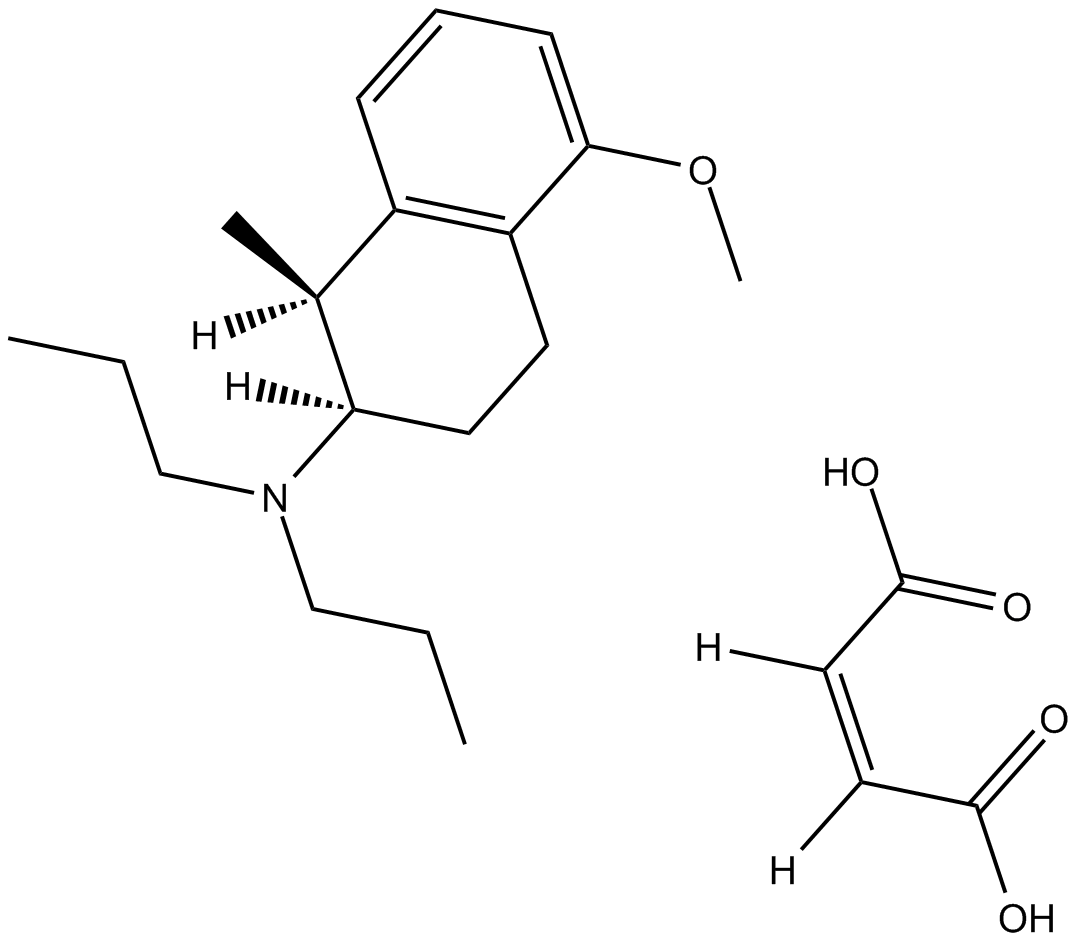 B6446 (+)-UH 232 maleateSummary: D2 antagonist
B6446 (+)-UH 232 maleateSummary: D2 antagonist -
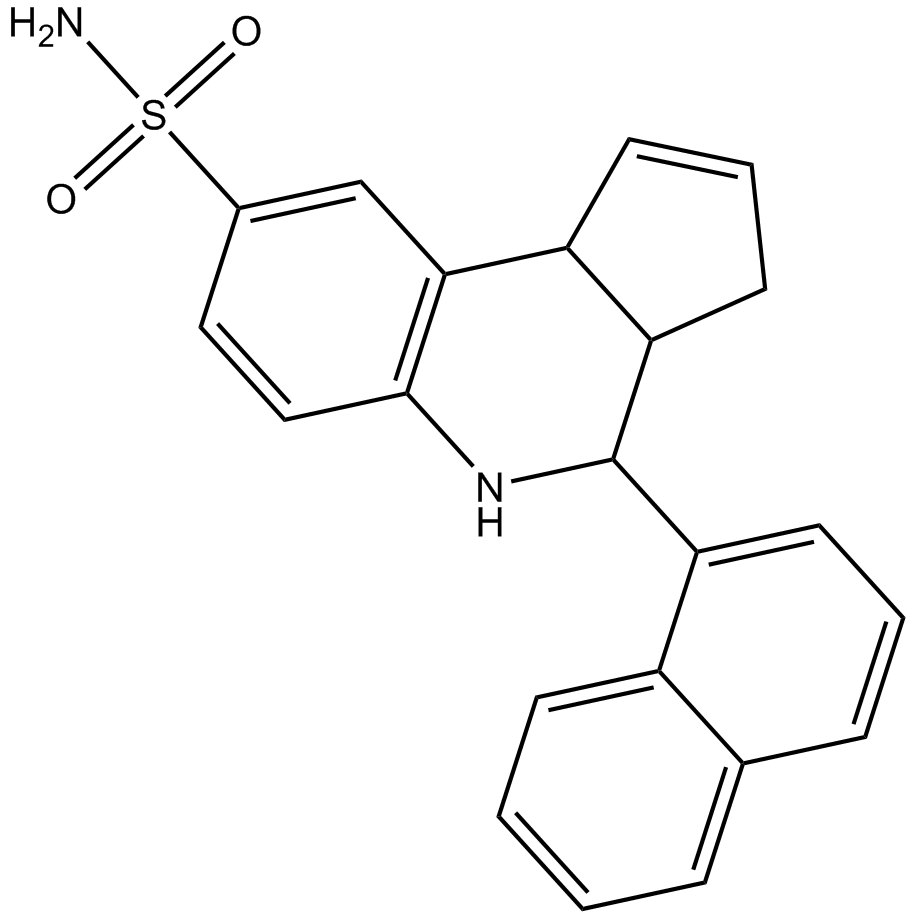 B7624 TQSSummary: positive allosteric modulator of α7 nACh receptors
B7624 TQSSummary: positive allosteric modulator of α7 nACh receptors -
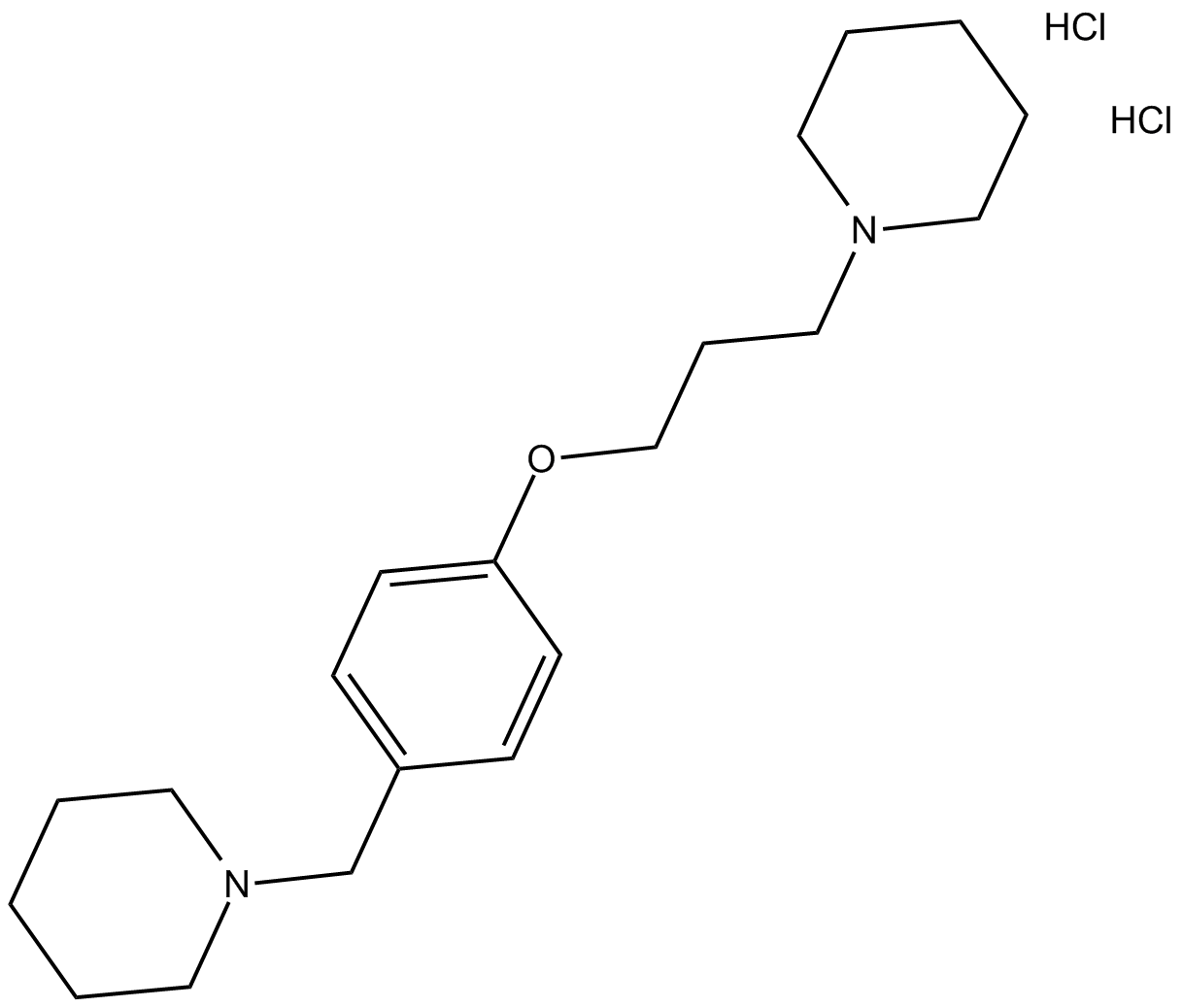 B5513 JNJ 5207852 dihydrochlorideSummary: histamine H3 receptor neutral antagonist
B5513 JNJ 5207852 dihydrochlorideSummary: histamine H3 receptor neutral antagonist -
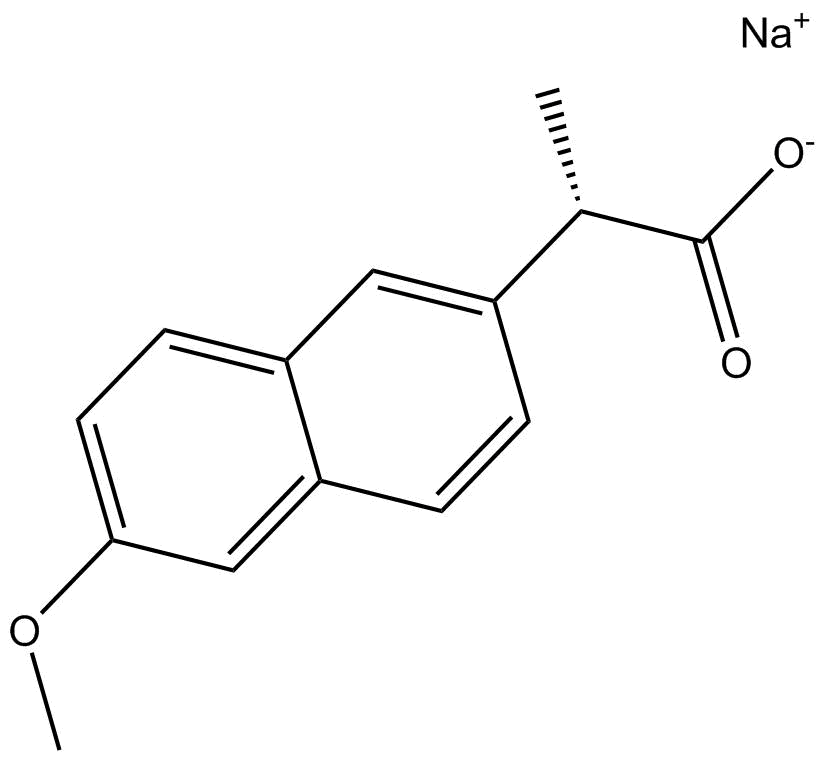 B5984 Naproxen SodiumSummary: cyclooxygenase inhibitor
B5984 Naproxen SodiumSummary: cyclooxygenase inhibitor -
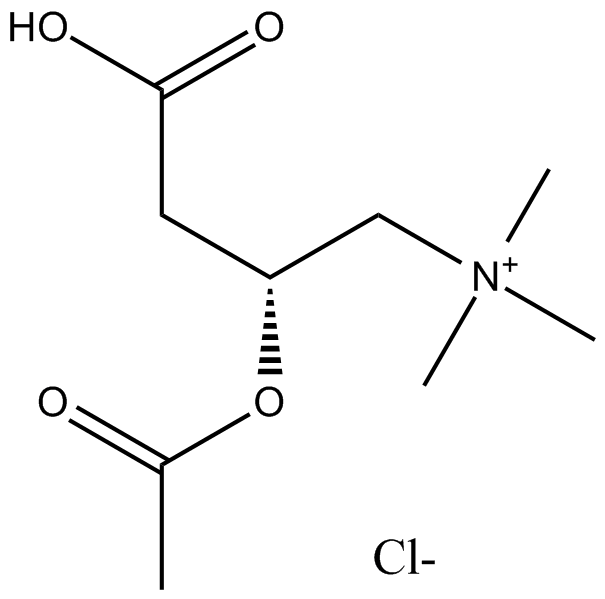 C3098 L-Acetylcarnitine (hydrochloride)Summary: used in targeting cardiovascular pathologies and as an acetylcholine mimic.
C3098 L-Acetylcarnitine (hydrochloride)Summary: used in targeting cardiovascular pathologies and as an acetylcholine mimic. -
 B1204 Ondansetron hydrochloride dihydrateSummary: 5-HT3 receptor antagonist
B1204 Ondansetron hydrochloride dihydrateSummary: 5-HT3 receptor antagonist -
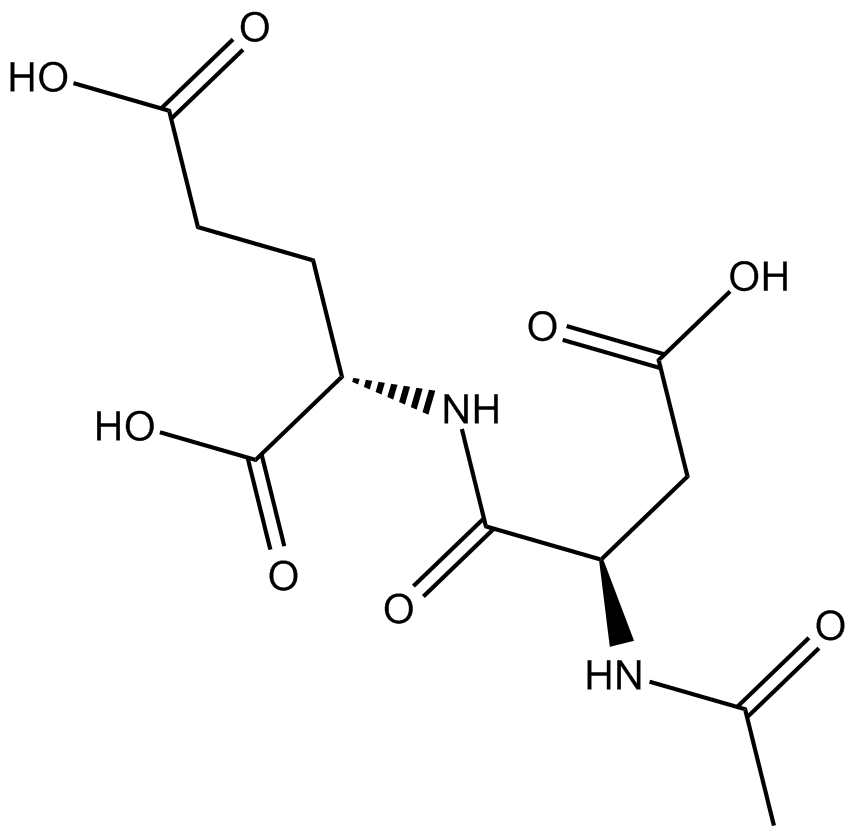 B6288 Spaglumic acidSummary: mGlu3 receptor agonist and NMDA receptor activator
B6288 Spaglumic acidSummary: mGlu3 receptor agonist and NMDA receptor activator -
 B6412 7-Hydroxy-DPAT hydrobromideSummary: D3 dopamine receptor agonist
B6412 7-Hydroxy-DPAT hydrobromideSummary: D3 dopamine receptor agonist -
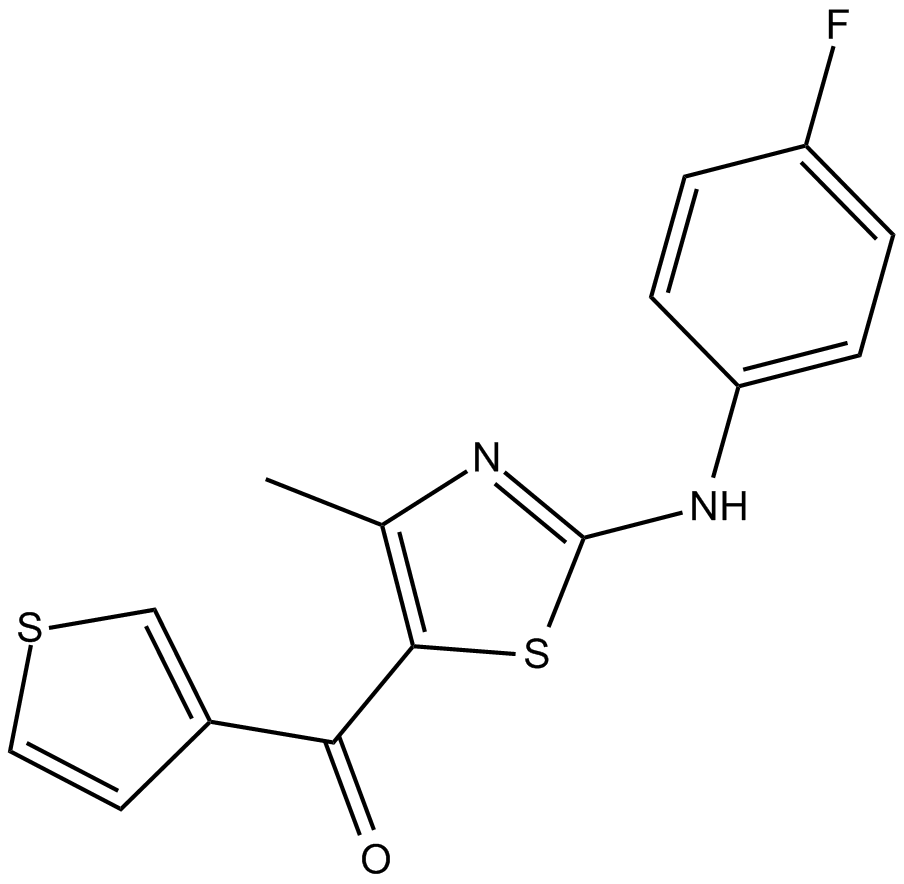 B7597 LY 2087101Summary: Allosteric potentiator of α7, α4β2 and α4β4 nAChRs
B7597 LY 2087101Summary: Allosteric potentiator of α7, α4β2 and α4β4 nAChRs -
 B6268 (RS)-3,5-DHPGSummary: group I metabotropic glutamate receptor agonist
B6268 (RS)-3,5-DHPGSummary: group I metabotropic glutamate receptor agonist

